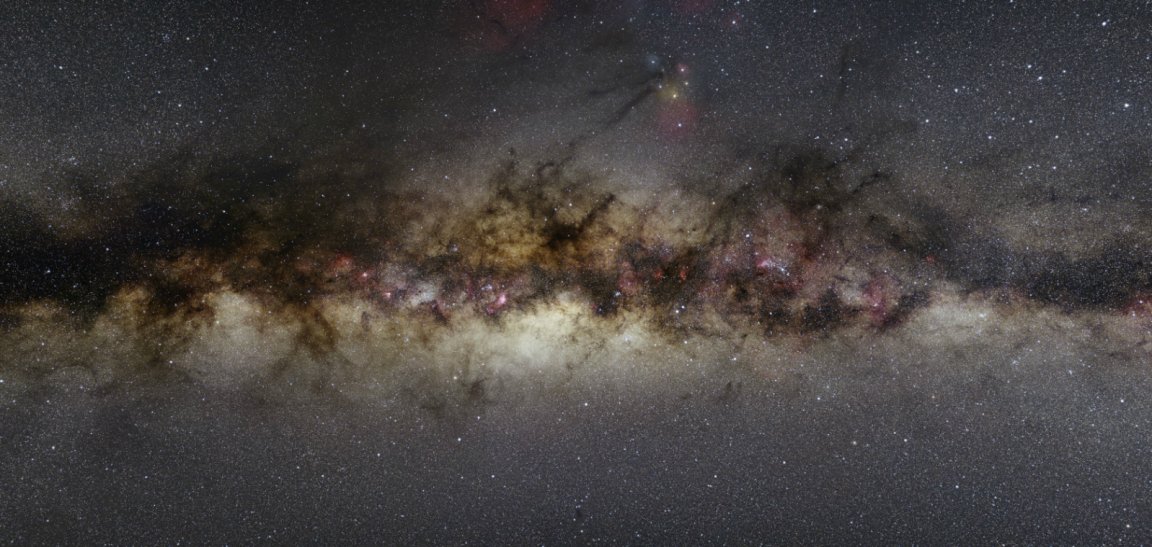

Scientists have discovered a complex organic molecule, similar to the ones life as we know it is based on, in an interstellar cloud 27 thousand light-years away. The molecule itself is the most complex organic molecule found to date, having a branched structure similar to amino acids.
The discovery is very important as it has proven that interstellar space is capable of creating the types of molecules that led to life on Earth, such as carbohydrates, lipids, proteins and nucleic acids.
The building blocks of life are scattered all over the galaxy, the question remains however, “where?”.
The molecule was found in Sagittarius B2 (Sgr B2), a giant molecular cloud of gas located approximately 390 light years from the center of the Milky Way. It is one of the largest known molecular clouds. With a diameter of 150 light years, it is 3 million times as massive as the sun, and it has a density that is 20-40 times greater than a typical molecular cloud.
The cloud is also known as a stellar nursery, a type of interstellar cloud that is filled with dust and gas at such high pressures that stars form. During this process, chemical reactions take place and can form complex organic molecules such as Iso-propyl cyanide.
Now, this isn’t the first time Sagittarius B2 has been in the news. In 2008 a paper was published stating that ethyl formate was detected in the cloud, which typically has the smell of rum and taste of raspberries. So this cloud is very intriguing, and it will be interesting to see what else we discover in this vast molecular soup.
Dr. Arnaud Belloche, from the Max Planck Institute for Radio Astronomy, published a paper on the raspberry like characteristic of the chemicals within Sgr B2, as she is also the lead author on the research of these types of complex molecules which were detected in interstellar space.
The molecules that emit radiation have a specific frequency, or spectral fingerprint, that can be detected using telescopes with various filters. The one used in the research of Iso-propyl cyanide was the Atacama Large Millimeter/submillimeter Array, which detects radio waves.
Professor Matt Griffin from Cardiff University, head of the school of physics and astronomy discusses the research, noting that “It’s clearly very high-quality data – a very emphatic detection with multiple spectral signatures all seen together….There seems to be quite a lot of it, which would indicate that this more complex organic structure is possibly very common, maybe even the norm, when it comes to simple organic molecules in space.”
The research team strives to find more of these molecules in interstellar space, which raises the question, which one of these molecules will be (or already has been) responsible for the creation of an interstellar life form?
What do you think? Did life come from space?
READ NEXT: How Scientists Use Earth To Find Alien Life